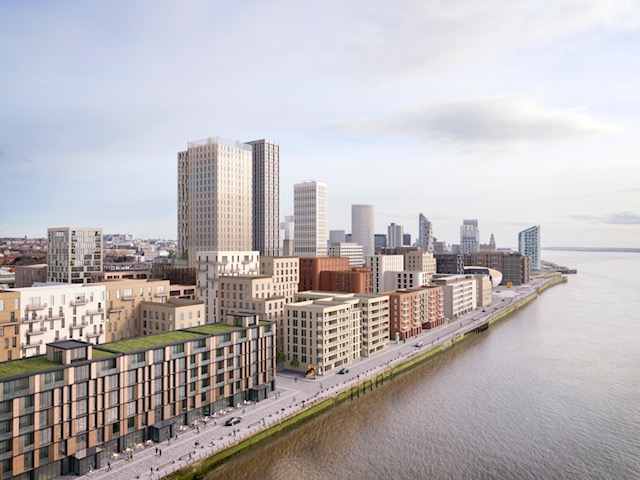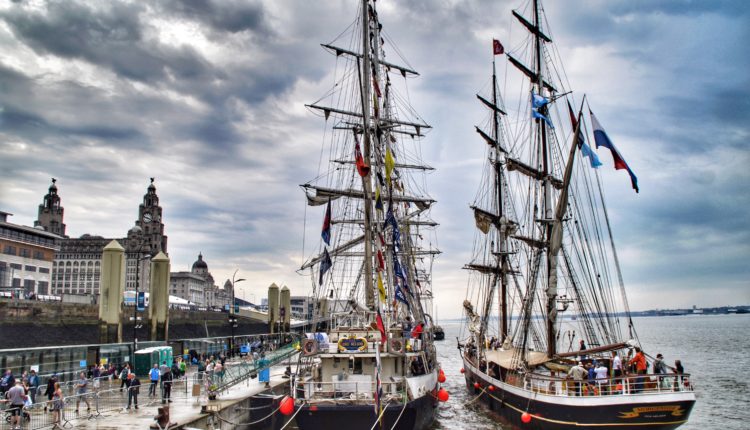City had been in a stand-off with UNESCO which was concerned that schemes such as Liverpool Waters would have a negative impact on the world famous waterfront. Tony McDonough reports

Liverpool looks set to keep its prized World Heritage Status (WHS) after UNESCO indicated in a new report it was happy for Liverpool not to be deleted from the list of World Heritage sites.
The city had been in a stand-off with UNESCO which was concerned that proposed new skyscraper developments, in particular the £5bn Liverpool Waters scheme in the north docklands, would have a negative impact on the world famous waterfront.
Liverpool Waters is not within the WHS zone itself but is inside a designated ‘buffer zone’.
Concilatory approach
Until a few months ago the city council, and a number of prominent business leaders, had taken a bullish attitude to Unesco’s threat to withdraw WHS, believing attracting investors and developers was of greater importance.
However, earlier this year the city council adopted a more conciliatory stance towards UNESCO saying it was willing to listen and compromise. Property giant Peel, the developer behind Liverpool Waters, has revised its plans by cutting the height of the proposed buildings.
Liverpool’s WHS is to be fully debated by the World Heritage Committee at its annual summit in Bahrain at the end of June but an initial report published by UNESCO, and heritage body ICOMOS, is recommending the city is not deleted from the World Heritage list.
New recommendation
The draft recommendation is largely based upon the collaborative work of Liverpool City Council, Government, Historic England and Peel Holdings, which resulted in a new Desired State of Conservation Report (DSOCR) describing the corrective measures Liverpool is proposing to protect the Outstanding Universal Value (OUV) of its World Heritage site.
The DSOCR which was endorsed by the council’s Cabinet in February and submitted to the Department of Digital, Culture, Media and Sport will be fully examined and debated by the World Heritage Committee at its 42nd session in July.

The report focuses on the main issue of how the city needs to balance its projected population and economic growth over the next 15 years, which will see the creation of 35,000 new homes and 30,000 jobs, whilst protecting its WHS.
The report shows that in close collaboration with the council and Historic England, Peel’s illustrative proposals for Central Docks have been reviewed in line with UNESCO’s recently published ‘Historic Urban Landscapes (HUL)’ guidance.
Skyline policy
The council is also in the process of formulating a comprehensive management plan to support WHS which would include clearer planning guidelines and a ‘skyline policy’ for tall buildings.
Mayor Joe Anderson, who set up an independent task force in 2017 to forge a positive debate with Government and UNESCO, said: “The decision to maintain Liverpool’s WHS is very welcome news, and a testament to the efforts over the last 12 months to show UNESCO what the city is doing to celebrate is unique position.
“As the huge crowds who enjoyed the Tall Ships Festival at the weekend will have noted, Liverpool’s maritime heritage is very much a fundamental part of our cultural scene and the city is very keen to use our World Heritage Status to shape our future tourism economy as well as our civic pride.”

